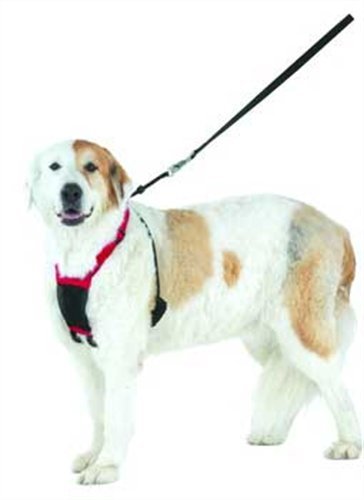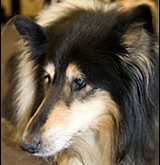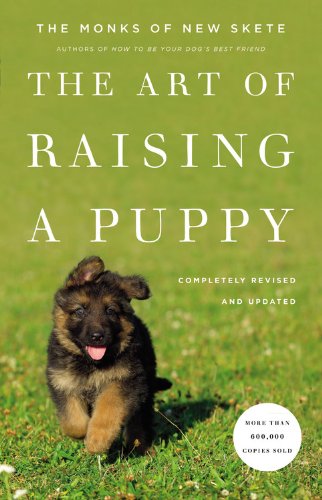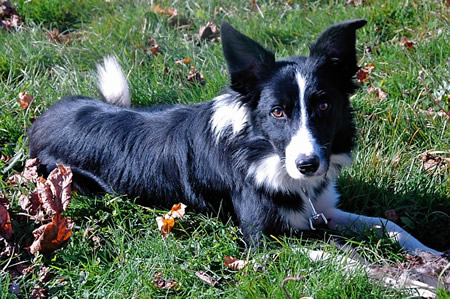A very common cause of failure to certify is that the dog will appear to be on a human scent when in actuality he is sniffing on the trail of an animal. The common term for this is that the dog is "crittering". It is one of the most difficult behaviors to change. For one thing, it is almost an instinct with dogs who are basically predators that they will want to follow through when they smell an animal. There are some ways that a smart handler can beat this, recognize it when it occurs with the dog and train so that it won't occur. Knowing where the practice subject is hidden will allow the handler to know better if the dog is crittering so that he can then correct him for this behavior. If the handler has no idea where his subject is and the dog is giving him strong indications that he is scenting and the handler finds out too late that it is an animal, then the handler has just completely defeated the purpose of the training. He has rewarded the dog by allowing him to continue on the scent of an animal, rather than giving him the more preferred reward of finding a human! Of course, it is often quite difficult for the handler to avoid unconsciously leading the dog to the subject, if he knows where the subject is hidden. However, since air scenting dogs are trained off leash this makes it a little easier. Furthermore it is much easier to for the handler to teach himself NOT to lead the dog than it is going to be to train out false alerts, which is a much bigger problem to train out of the dog.
A false alert is when the dog gives the handler the indication that it has made a find or that it is "on" a scent, so that it can get the reward. And if the handler doesn't know where the subject is hidden and his dog is giving him indications and he is praising the dog for such indications and encouraging the dog to continue, the handler is aiding and abetting the dog in its "false alert". Knowing where the subject is will ensure that the dog is only praised when the handler knows for certain that he is on scent. Furthermore it is only when the handler knows where the subject is hidden that he will be able to learn to read what his dog is telling him. Knowing the location of the subject leaves the handler free to do the job of watching the dog and watching the signals that he is giving when he is on scent. Knowing these signals and being able to learn to read the dog is the only way to be able to train the dog to give an indication. In other words, to train the dog to bark upon finding the subject, or to come to the handler and sit in front of him and then take him in to the subject, or to lie down and stay silently beside the evidence, or the cadaver. All of these alerts must be trained and the handler must first know exactly how to read his dog so that he knows when his dog is on a scent and when he has made a find. The handler has a much greater likelihood of misreading the dog if he has no idea where the subject is hidden.
Another reason to know where the subject is hidden is that knowing this fact aids the handler in the quest for finding out what is happening with the scent in the different terrain conditions and environmental circumstances. For example, what are the barriers to the scent and how far away will the dog pick up on a hot airless day as opposed to a windy cool day. There are many questions about how the wind works and the more answers the handler knows the more likely it is that he and his dog will be a qualified team in the end.

 A Guide to Protecting Your Vicious Breed
A Guide to Protecting Your Vicious Breed
 Pettiquette: The Art of Responsible Dog Walking
Pettiquette: The Art of Responsible Dog Walking
 The Difference Between Harnesses and Collars for Dogs
The Difference Between Harnesses and Collars for Dogs
 Disadvantages And Advantages Of Dog Boarding Solutions Online
Disadvantages And Advantages Of Dog Boarding Solutions Online
 Dogs and Glaucoma
Dogs and Glaucoma
 Canine Nutrition and Wellness Part 3: To Give or Not to Give Your Dog Supplements?
Canine Nutrition and Wellness Part 3: To Give or Not to Give Your Dog Supplements?
 Through A Dogs Ear: Sound Therapy For You And Your Dog
Todays Hectic LifestyleIn th
Through A Dogs Ear: Sound Therapy For You And Your Dog
Todays Hectic LifestyleIn th
 Top Seven Dog Treats - A list of the best, most healthy dog treats available
Top Seven Dog Treats
It抯 easy to go to your local pet super
Top Seven Dog Treats - A list of the best, most healthy dog treats available
Top Seven Dog Treats
It抯 easy to go to your local pet super
 How to Choose a Puppy
Hes cute, but how big will he get? Cred
How to Choose a Puppy
Hes cute, but how big will he get? Cred
 The Five Laws of Choosing Toys for Blind Dogs
Finding good toys for blind
The Five Laws of Choosing Toys for Blind Dogs
Finding good toys for blind
 Interview With A Border Collie Rescuer
Interview With A Border Collie Rescuer
Border Coll
Interview With A Border Collie Rescuer
Interview With A Border Collie Rescuer
Border Coll